Extract from the book ‘Vimshottari and Udu Däsa’ by Sanjay Rath
Dwisaptati Sama Dasa
The stellar universe is not so difficult of comprehension as the real actions of other people. …
…Marcel Proust
Dwisaptati Sama dasa is applicable in those charts where the lagna lord is in the 7th house, or the 7th lord is in lagna, or both. The seventh house, like the lagna is a satya peetha[1] (hence Arudha pada of any house cannot be in the same house or in the seventh from it). It indicates Hara[2] and can be either very benevolent as the Guru[3] in the sense of removing all obstacles in the spiritual path or very destructive like Rudra[4]. In both cases, Ketu is the significator. It is the benevolent mokshakarka (i.e. granter of emancipation from the bondage of rebirth) as well the destructive Rudra as per Vedavyasa.
1.1 Dasa Scheme
Since Ketu is, in every sense, the governor of the dasa, it is excluded from the list of planets that will furnish the dasas. The remaining eight planes from Sun to Rahu shall furnish dasa in this dwisaptati (72 year) dasa.
The order of the planets is as per the natural order of weekdays – Sun, Moon, Mars, Mercury, Jupiter Venus, Saturn and Rahu.
1.2 Dasa Period & Calculation
Just like Shoola dasa[5] (also ruled by Rudra) the period of each dasa is equal to nine (9) years. Thus, 8 planets furnishing 9 years give a total period of 72 years in one cycle, which by interpolation can give 144 years in 2 cycles.
Count from Moola nakshatra (19) to the Janma nakshatra. Expunge multiples of eight(8). The remainder counted from Sun in the order of dasa gives the planet which shall furnish the first dasa. The balance of dasa at birth is determined by the standard method of longitude of Moon in Janma Nakshatra. Moola is the favorite Nakshatra of Ketu and causes its exaltation in Sagittarius.
Table 49 : Dwisaptati dasa periods
| Planet | Nakshatra | Dasa | Planet | Nakshatra | Dasa | |||||
| Sun | 19 | 27 | 8 | 16 | 9 | Jupiter | 23 | 4 | 12 | 9 |
| Moon | 20 | 1 | 9 | 17 | 9 | Venus | 24 | 5 | 13 | 9 |
| Mars | 21 | 2 | 10 | 18 | 9 | Saturn | 25 | 6 | 14 | 9 |
| Mercury | 22 | 3 | 11 | 9 | Rahu | 26 | 7 | 15 | 9 | |
1.3 Case Study
Chart 41 : Sri Chaitanya Mahaprabhu
Data: February 18[6] 1486[7] A.D. (OS) or February 27 1486 just at sunset[8] in 29 Ghati[9], Navadwip, India.
 Applicability & Theme:
Applicability & Theme:
The birth time has been taken at ‘within a minute of’ sunset and the chart is given below. This is also the auspicious day of the Dattatreya Jayanti when Vishnu appears to teach the highest knowledge to mankind. In the chart, besides other dasas, the Dwisaptati Sama dasa is also applicable as the Lagna lord Sun is in the seventh house in Aquarius. As mentioned in Dasa applicability, Hara is the Givernor, and is indicated by the Moon. The special condition relates to the seventh house which is the seat of all desires indicating that the theme is the fulfillment of desires or is centered around desire. The Lordship and placement of the Moon will indicate the people or objects that will lead to the fulfillment of objective/desire. In this chart, the Moon is the Lord of the 12th house or emancipation from the cycle of rebirth indicating that the theme shall center around the cause of birth, which is desire and the freedom from this bondage i.e. Moksha. The moon is eclipsed by the Moksha Karaka Ketu indicating that the theme is very strong and shall predominate the chart/life. The Lord of a bhava conjoining its Karaka makes the signification very strong and here the 12th lord conjoins the karaka Ketu to give an accent/ hype to the importance of emancipation from the cycle of rebirth. The Moon is full and is indicative of the presence of Guru (Akash Tatwa) and is in the form when Satya Narayana pooja is performed and everybody chants “Hari” or “Om Tat Sat”. Strangely at exact the time of such a day and moment, when the people stated chanting Hari, He appeared. Thus, the theme is one of renunciation of all desire to attain Moksha and that this was to be done by this incarnation.
It is evident that without the use of these special dasas, we would be beating about the bush trying to appreciate the moment of this birth and would have run into all sorts of conclusions about the eclipse etc.
Dasa calculations
Moon is in lagna in Poorva Phalguni nakshatra (11) ruled by Mercury, which shall furnish the starting dasa.
Deg Min
1 Longitude of Moon 139 54
2 Nakshatra Ending 146 40
3 Balance of Nakshatra [2-1] 6 45
4 Span of Nakshatra 13 20
5 Starting dasa (Mercury) balance = [‘3’/’4’]x 9year = 4y 6m 24d
Om Tat Sat
[1] Pedestal of truth
[2] Shiva-Hari Hara Brahma Yoga defines the blessings of Hari (Vishnu) from the lord of the second house, the blessings of Brahma from the Lord of Lagna and Hara (Shiva) from the lord of the seventh house.
[3] Sada Shiva : om namo devadeveþa par˜tpara jagatguru|sad˜þiva mah˜deva gurudŸkÿ˜ pradehime||
[4] Rudra symbolizes the omnipotence of God as being the final cause of all destruction and dissolution of this manifested creation.
[5] Refer Maharishi Jaimini’s Upadesa Sutra by Sanjay Rath
[6] Sri Chaitanya Charitamrita; Adi Lila -13.20 mentions that the birth occurred exactly at the Sandhya Kala of the full Moon of Phalguna month, and that at the moment of the birth, a lunar eclipse was occurring.
Each Sandhya is for a period of 5 Ghati (2 Hora or hours). Sandhya is of two types, Khanda sandhya is the morning twilight or the period of sunrise – one hour before sunrise to an hour after sunrise. The word Khanda means break and refers to the break between the previous and new day. The other is called the Sudha sandhya (literally pure) and stretches from an hour after sunset to an hour after sunset (again 5 Ghati or 2 hours). Of these two hours, the hour immediately after sunset is considered auspicious and all pious Hindu light a lamp near the Tulsi plant at this hour and offer prayers.
[7] Sri Chaitanya Charitamrita; Adi Lila -13.09 clearly mentions that His advent was in Saka 1407 (1486 AD) and His departure from this world was in Saka 1455 (1534 AD).
[8] The Janmodaya (birth or first appearance) of Sri Chaitanya was during this Sandhya Kala just after Sunset. Sunset is defined as the time of last appearance of the tip of the Sun (Varahamihira) and only after the disappearance of the Sun is the lamp lit. Sunset was at 18:02’:46” at Navadwip, India on that day and immediately, the people started chanting the name of “Hari”, as is described in the spiritual biography. Sri Chaitanya appeared immediately after, as if His appearance was due to the chanting of the people. Thus, the birth has to be within a few minutes of sunset.
Adi Lila -13.21: hari hari bole loka haraÿita haõ˜, janmil˜ caitaõya prabhu n˜ma janm˜iy˜
Srila Prabhupada translation: “In jubilation everyone was chanting the holy name of the Lord—“Hari! Hari!”—and Lord Sri Caitanya Mahäprabhu then appeared, after first causing the appearance of the holy name.”
[9] Sri Bhaktivinoda Thakura has given the birth time at Gh. 28:45’ in his work ‘Amrita Pravaaha Bhasya’. However, this would be before sunset using the latest computer calculations and has been corrected slightly by this scribe to Gh.29:00’ to just after sunset.
[10] Exact calculations are computer generated using 360 degree solar years.
[11] 1-5 years.
[12] Sri Chaitanya charitamrita: Adi Lila 14.13 to 14.19: The Great prediction of Chakravarti Mahasaya, Chaitanya Mahaprabhu’s grandfather. Srila Prabhupada translates:
“When Nilambara Chakravarti saw those marks, he smilingly said, “Formerly I ascertained all this by astrological calculation and noted it in writing. There are thirty-two bodily marks that symptomize a great personality, and I see all those marks on the body of this child. There are thirty-two bodily symptoms of a great personality: five of his bodily parts are large, five fine, seven reddish, six raised, three small, three broad and three grave. This baby has all the symptoms of Lord Narayana on His palms and soles. He will be able to deliver all the three worlds. This child will preach the Vaishnava cult and deliver both His maternal and paternal families. I propose to perform a name-giving ceremony. We should observe a festival and call for the brahmanas because today is very auspicious. In the future this child will protect and maintain all the world. For this reason He is to be called Visvambhara.”
Prabhupada further comments that The five large parts are the nose, arms, chin, eyes and knees. The five fine parts are the skin, fingertips, teeth, hair on the body and hair on the head. The seven reddish parts are the eyes, soles, palms, palate, nails, and upper and lower lips. The six raised parts are the chest, shoulders, nails, nose, waist and mouth. The three small parts are the neck, thighs and male organ. The three broad parts are the waist, forehead and chest. The three grave parts are the navel, voice and existence. Altogether these are the thirty-two symptoms of a great personality. This is a quotation from the Sämudrika. This quote shows Prabhupada’s deep knowledge of Sakuna Shastra which is a vital part of Jyotish.
[13] Of specific relevance is the name chosen by His grandfather, the renowned Vedic astrologer Sri Chakravarti. While specifically mentioning that His Janma Rasi & lagna were Leo, the syllable chosen was ‘Va’. This proves that the method of naming followed by many astrologers in India today is wrong as they blindly pick up the name syllable (namakshara) from the constellation occupied by the Moon. The correct method has been taught by Parasara, and this is to choose from the syllables ruled by the most influential planet in the chart. In this chart, as has been mentioned under the theme, the Moon is the Governor of the Dwisaptati dasa and is the single most dominant factor in the chart promising emancipation, high spirituality and the position of a great teacher. So, the syllables ruled by the Moon (Ya, Ra, La, Va, Sha, Ssa, Sa & Ha) are the first choise. The next steo taken was that the Arudha Lagna was in Taurus and among these eight syllables, ‘Va’ is in Taurus. Hence the name Vishvambara was chosen starting with ‘Va’. Of course it is also possible that the Grandfather chose the akshara ‘Va’ as it is trines to fathers namakshara ‘Ja’ (for Jagannath –Capricorn). But there are other namakshara is Taurus as well, and Parasara’s principle was followed strictly in the first step.
[14] Hata means hand and Khadi means chalk.
[15] Rahu & Sun aspecting the sign shall cause death by snake bite. (Jaimini Sutra)
[16] Paraspara Yogakaraka
[17] Rulership of nakshatra by planets is based on the dasa system used. Refer table of Dwisaptati dasa in this chapter
Table 50 : Dwisaptati dasa- Sri Chaitanya
Dwisaptati Sama dasa[10] (applicable if lagna lord is in 7th or 7th lord is in lagna): Maha Dasas: Dates are given in the present calendar and not OS.
Mer: 1486-02-27 (16:36:28) – 1490-09-25 (23:58:42)
Jup: 1490-09-25 (23:58:42) – 1499-09-26 (07:13:35)
Ven: 1499-09-26 (07:13:35) – 1508-09-26 (14:44:48)
Sat: 1508-09-26 (14:44:48) – 1517-09-26 (22:01:56)
Rah: 1517-09-26 (22:01:56) – 1526-09-27 (05:25:14)
Sun: 1526-09-27 (05:25:14) – 1535-09-27 (12:51:03)
Moo: 1535-09-27 (12:51:03) – 1544-09-26 (20:13:45)
Mar: 1544-09-26 (20:13:45) – 1553-09-27 (03:28:52)
Sri Chaitanya was the tenth pregnancy of his parents Sri Jagannath Misra & Srimati Sachi Devi. The first eight daughters expired (just like in the appearance of Sri Krishna when six pregnancies of His mother were destroyed by Kamsa). Just like Sri Krishna, Sri Chaitanya had an elder brother Visvarupa, who later renounced the world. The life and pastimes of Sri Chaitanya Mahaprabhu can be divided into two parts called Adi & Sesa Lila. The Adi Lila was for 24 years covering the dasas of Mercury, Jupiter & Venus. Adi Lila can be further divided into four parts – Balya (childhood), Pauganda (boyhood), Kishora (teenage) and Yauvana (youth) where the first three are for 16 years and the last for 8 years. Sesha (end) Lila was for another 24 years and included Madhya (6 years) and Antya (18 years) Lila. He was very fair (due to the Moon in Lagna and Jupiter in navamsa lagna) and was affectionately called Gaura-hari.
Adi Lila (24 years)
Balya Lila: Of specific relevance is the Balya lila[11] which was during Mercury dasa (1486-90), when while breast feeding Him, his mother discovered lotus marks on His sole. His father showed the same to Sri Nilambara Chakravarti, Chaitanya Mahaprabhu’s grandfather and a renowned astrologer who predicted[12] that the child would maintain and protect all the three worlds as He has all the marks of Narayana. Earlier Sri Chakravarti has correctly predicted the birth month etc. Saturn the Atmakaraka is placed in Aquarius navamsa (Karakamsa) and in the fifth house of Bhakti (love/dedication). Saturn is also the lord of the 12th house from Karakamsa and there are no planets either in the 12th house or with the Ätmakäraka. Thus there is a perfect merger of the individual soul (AK) and the Ista devata (12th lord) and this is represented by Saturn. The deity for Saturn is Narayana, and it was during Mercury dasa, Saturn antardasa that Sri Chaitanya Mahaprabhu was born and His lotus and other marks were discovered besides his naming[13] ceremony (normally 21st day after birth) followed.
Pauganda Lila: Jupiter dasa (1490-99). The Hata-khadi[14] ceremony (first letter) marked the beginning of His boyhood days. He was a brilliant student and learnt the Sanskrit language etc, very quickly. Jupiter is placed in great strength in the fifth house having unobstructed Argala on the fourth house of formal learning. Thus, during Jupiter dasa His learning proceeded unobstructed. Jupiter is in Lagnamsa and also in the ninth house (faithful to preceptor) from Karakamsa. Thus, in every manner He was the ideal student and was very serious and dedicated. Jupiter in 1st or 5th from Lagnamsa gives the learning of Sanskrit and knowledge in various disciplines. His learning was incomparable and many instances of His command over the language, grammar, ability at instant composition or even critical ability are mentioned by historians. True to the nature of Jupiter, He even taught his juniors like a Guru! His father died early. In the dwadasamsa, Jupiter is a dire malefic for the ninth house (Capricorn) and is the dispositor of the 2nd
Kishora Lila: Venus dasa (1st half: 1499-1502): His higher spiritual studies continued into Venus dasa as Venus is placed in the ninth house ruling higher education as well as spirituality. He started teaching grammar and would always culminate His lecture with the message of Sri Krishna. Venus is the lord of the ninth house in the Siddhamsa (D-24 chart showing education) confirming His higher learning.
In the Vimsamsa (D-20 chart showing Spirituality), Venus is placed in the fifth house of students (Shisya) in Cancer. The Moon (Lord of Cancer) shows His Bhakti towards Krishna and is placed in Capricorn (blue color – Nilachala Thakura) specifically indicating the Jagannath Vesha. However, the path of Bhakti is seen from the fifth house and Venus placed therein indicates Srimati Radha. His Bhakti was for Radha-Krishna and He preached love for Krishna like that of Radha. Thus, during Venus dasa He began the samkirtana movement involving ecstatic dancing (Venus) while chanting the Mahamantra (Venus is in 5th house in Vimsamsa). He became quite popular and enticed His entire village to join (Venus in Aswini Nakshatra ruled by the Moon placed in Lagna). Since Venus is in a movable sign and is the significator of mobility, he traveled with this sankirtana traveled from one village to another.
Yauvana Lila: Venus dasa (2nd half: 1502-1508) & partly Saturn dasa (1508-1510).
First marriage occurred in His 16th year (1501-02) and marked the beginning of His youth. Venus is the natural kalatra karaka, the lord of the navamsa lagna (capable of giving marriage) and also the lord of the seventh sign from Aries (sign occupied by itself), thereby taking the responsibility of bringing spouse. Rahu is the co-lord of the seventh house in rasi chart and conjoins Venus in navamsa as both planets have unobstructed Argala on the seventh house. The marriage occurred to Lakshmi Devi in Venus dasa-Rahu antardasa. It is ominous that the planets giving marriage should be placed in the eighth house in the navamsa.
The Upapada is in Virgo and its lord Mercury is debilitated and placed in the eighth house without neechabhanga indicating that the first spouse shall not survive. The second house from Upapada is Libra aspected by the eclipse combination of Sun & Rahu. It is believed that the death of spouse was sudden when he was away for samkirtana (Venus) and that it was probably due to snake bite[15] or some such poison.
The second marriage is indicated by the presence of two planets in the seventh house in both Rasi and Navamsa charts. The second lord from Navamsa lagna as well as the eighth lord from Upapada in Rasi chart is Mars confirming the second marriage. Mars is exalted in Rasi and in the 7th house in own sign in navamsa conjoined the exalted Sun. Thus in all likelihood, the marriage occured during Venus dasa- Mars antardasa to Vishnupriya.
His capacity to debate and discuss philosophy and finally propound the most brilliant achintya-bheda-abheda concept of Hinduism was marked during this period. The Jaya yoga formed by Venus and Jupiter in trines to lagna functioned during this dasa and such famous pundits like Keshava Kashmiri acknowledged His superiority and learning. These two teachers Jupiter and Venus, if placed in trines to lagna give the highest knowledge in any subject including spirituality.
Sesha Lila (25-48 years)
Mission: The presence of Jupiter & Mercury in Lagnamsa shows His remarkable knowledge and eloquence and the fact that He has come to re-establish the Guru (Jupiter – teacher) – Sisya (Mercury – student) parampara. The fact that Saturn is the Atmakaraka (individual soul) as well as the Ista Devata (Bhagavan – Narayana) shows that this soul is none other nor less than Narayana himself! The fact that the Lagnamsa is in the ninth house (Guru) from the Karakamsa shows that He has come to re-establish this part of Dharma for the perpetual benefit of mankind during this Kali Yuga.
Madhya Lila: Saturn dasa (part from 1510 – 1516).
Sanyas (renunciation accompanied by ritual performance of last rites of the body) was the first landmark event of this period. Renunciation is seen from Saturn. Saturn is the Atmakaraka as well as Ista devata and it aspects the eclipsed Moon placed in Lagna by its full 10th house aspect. Similarly, Saturn is strongly placed in the seventh house from AL. With the advent of Saturn dasa, the yoga for renunciation would have begun.
1) Upapada: Parasara teaches that renunciation should also be seen from the Upapada as this is the Gauna pada and renunciation of spouse, sex etc, is a must for this to be effective. Upapada lord is in the 8th house in debility (Karaka Saturn) and the second lord from UL is Venus which is also aspected by Saturn by Rasi drishti showing that by nature He was basically one who would renounce marriage and had little attachment for spouse and family, yet He did His dharma by staying with them for 24 years. The planets placed in Kendra to this powerful Saturn shall cooperate with it[16]. Rahu, Sun, Ketu and Moon are in kendra of which Rahu and Sun are also placed in Poorva Bhadrapada nakshatra ruled by Saturn[17]. Of these Rahu would qualify as it is placed in the 8th house in navamsa and tends to eclipse the Sun in Rasi chart. Rahu aspects the second from UL as well as Venus the 2nd lord from UL. Thus, Saturn dasa – Rahu antardasa was sure to bring marital happiness and related family bonds to an end satisfying Parasara’s condition.
2) Last rites: Performance of last rites associated with death and death circumstances are seen from the third house from AL. The Arudha Lagna (AL) is in Taurus and the 3rd house from it is Cancer. This sign is aspected by Saturn, Rahu & Sun. Here again, Saturn dasa – Rahu antardasa qualify for the performance of last rites.
3) Transits for the Sukla Paksha of the month of Magha (Sun in Capricorn) for 1510 AD shows that Ketu the Moksha Karaka was transiting Arudha Lagna Taurus. When Ketu transits the trines to AL, the person gets Moksha gati and such events like renunciation and spiritual development occur. When Rahu transits the trines to AL, Bhoga gati occurs and the native enjoys the plenty of this world, straying from spiritual pursuits. This transit has been seen in many charts. In this particular case, Saturn was also transiting Virgo trines to AL and in the last one-third part of sade-sati. Mantra from Guru is also obtained during the time of Sanyas besides other secret spiritual instructions. The mantrapada (A5) is in Virgo and Jupiter was transiting its natal position in Sagittarius and aspecting the mantrapada (rasi drishti) confirming the receipt of these mantra.
In this manner the various activities associated with Sanyas are confirmed from a chart and Saturn dasa- Rahu antardasa gave the renunciation. After renunciation, Sri Chaitanya traveled all over India and even identified Vrindavan, a hitherto forgotten place, bringing back memories of Sri Krishna. He was able to recall each and every important spot! Such a strong temporal malefic placed in the fourth house deprives of land and makes him move around. In the chart of Sri Ram, such an exalted Saturn in the 4th house deprived Him of kingdom and took Him to the jungles. So also such a strong Saturn in the 4th house made Sri Chaitanya Mahaprabhu renounce all wealth and comfort and travel all over India preaching samkirtana and Krishna consciousness.
Antya Lila
The last part of this incarnation was spent at Jagannath Puri. Jupiter is strong in the fifth house and is duty bound to reestablish the Guru-Sisya parampara. With Sri Chaitanya traveling all the time this was not possible. Jupiter has unobstructed Subha Argala on Saturn and the fourth house. Thus, in 1516 with the advent of Jupiter antardasa in Saturn dasa, the traveling ceased and Mahaprabhu settled in Puri. Of these, in the first six years, He continued samkirtana and later in the next 12 years, He focused on achieving perfect yoga with Krishna. Readers would do well to time such episodes like the washing away in the sea from Puri to Konarak etc, which are beyond the purview of this book.
Those aware of longevity calculations will appreciate the presence of short life combination by method of 3 pairs in this chart. However, the Moon is in Lagna and hence the Moon & Saturn pair shall dominate to determine longevity. Normally, this should have been 1-36 years, but since Saturn is the Atmakaraka, Kakshya Vriddhi occurs (see also Jupiter in strength). The final moment came in His 48th year at the fag end (last antardasa) of Sun dasa – Rahu antardasa. Note that both these planets are in the 7th house is a nakshatra of the 7th lord (Saturn) and are aspecting Cancer (rasi drishti) the 3rd house from AL. Note the dictum: All dasa’s tend to do evil towards their closing (last antardasa).
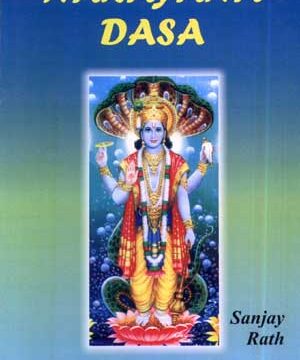

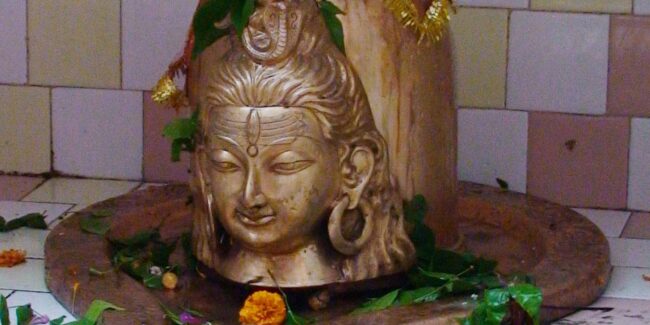
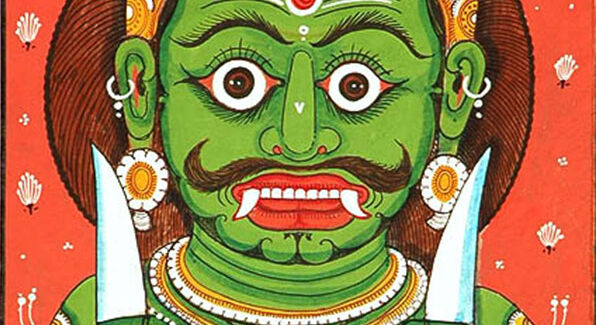
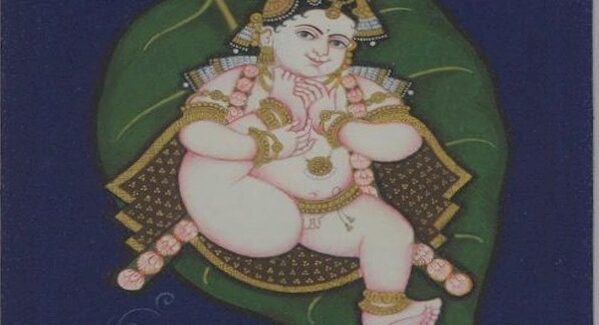
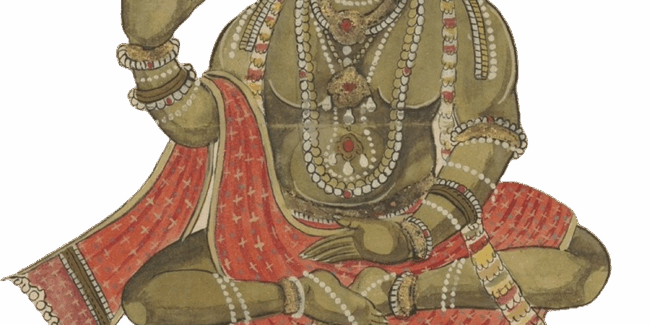
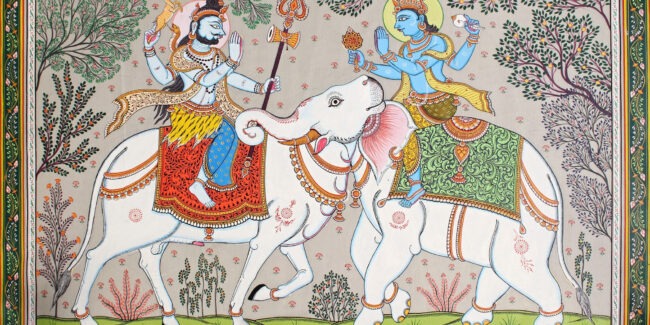
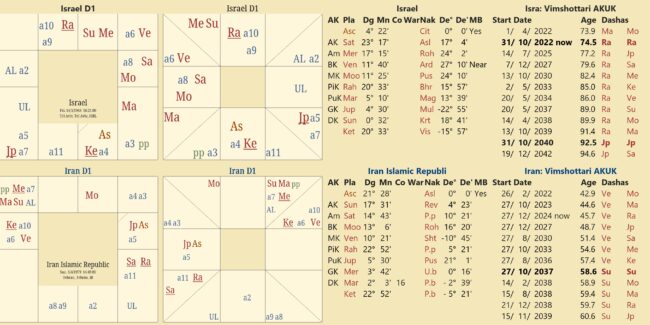
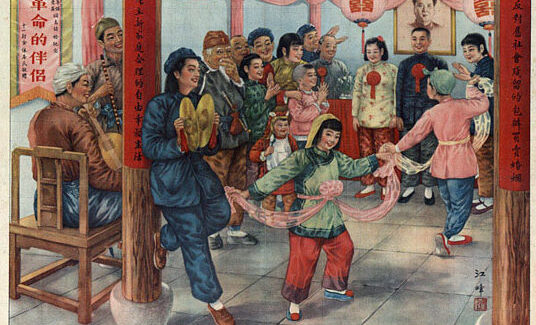
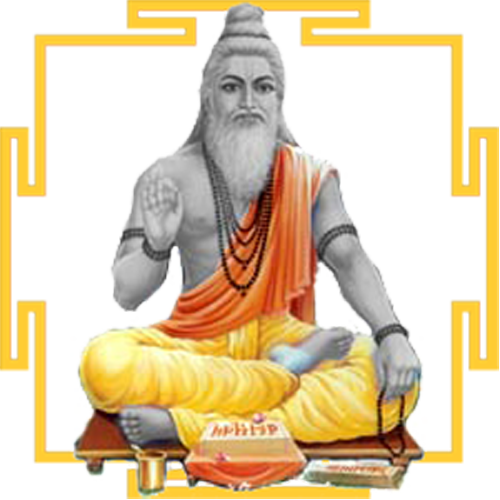 DBC offers online courses in jyotish (Vedic Astrology) taught directly by Sanjay Rath as per the tradition, through narrated power points and other audio tools. The courses are at different levels, from the beginners through the intermediate to the advanced and are known as SoHamsa | DBC courses, with individual classrooms and assistant teachers
DBC offers online courses in jyotish (Vedic Astrology) taught directly by Sanjay Rath as per the tradition, through narrated power points and other audio tools. The courses are at different levels, from the beginners through the intermediate to the advanced and are known as SoHamsa | DBC courses, with individual classrooms and assistant teachers
 Sagittarius Publications is the publisher and distributor the popular quaterly magazine the Jyotish Digest, as well as many thorough books on the subject of Vedic Astrology or Jyotish.
Sagittarius Publications is the publisher and distributor the popular quaterly magazine the Jyotish Digest, as well as many thorough books on the subject of Vedic Astrology or Jyotish.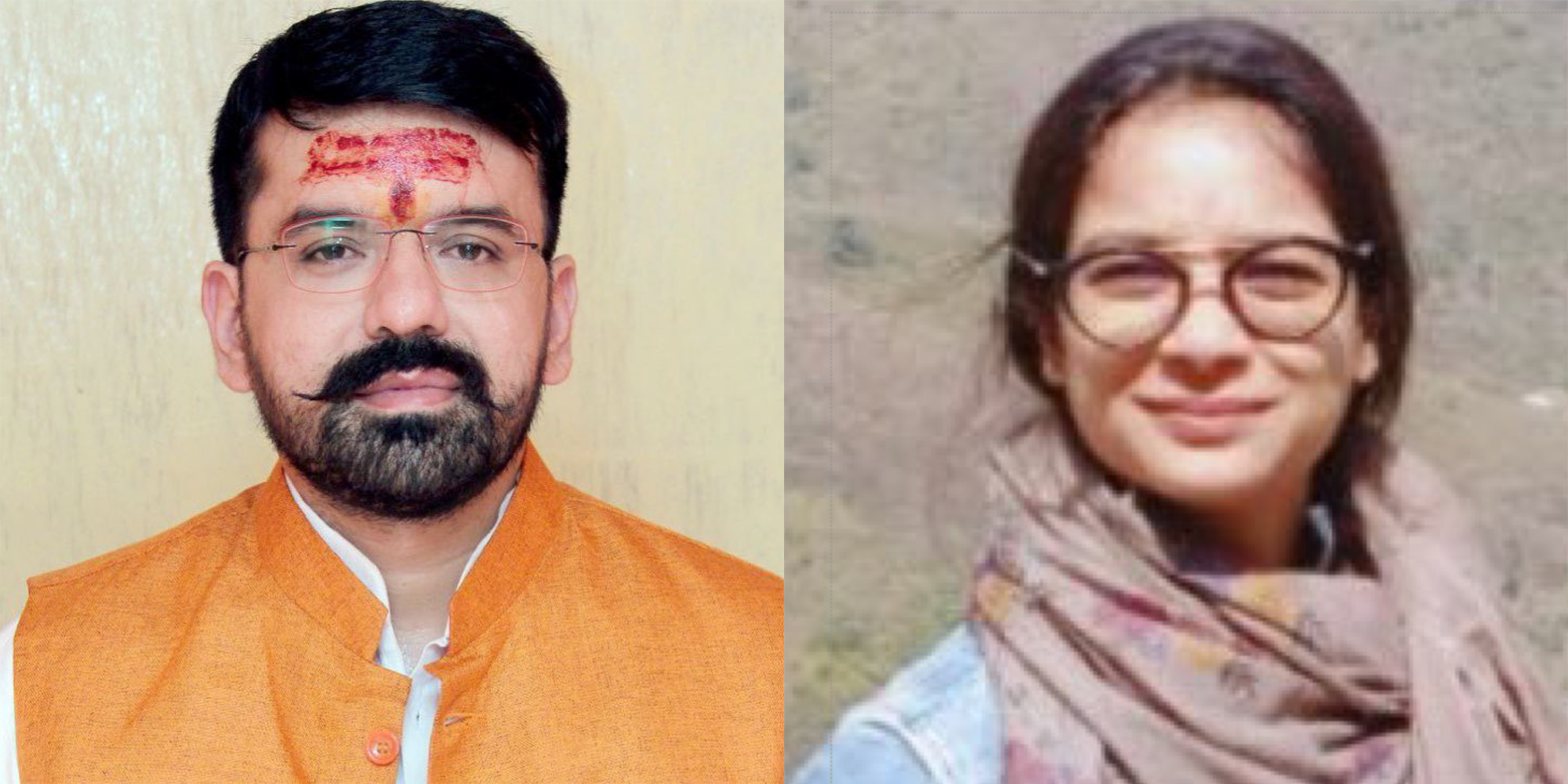 We have an excellent pandit Divākar ‘Deva’ Mishra, who is from the priests of Vindhyāvāsini Siddha Pīṭha to guide you through the hundreds of temples of Kāśi [Varanasi] and neighbouring regions. He can organise your pūjā, keep you safe and take care. He is supported by an English-speaking well-travelled spouse ‘Supriya Mishra’. Please contact them directly for any services, remedial pūjā and tours. They handled the 60+ member Kāśi Jyotiṣa Group 2022.
We have an excellent pandit Divākar ‘Deva’ Mishra, who is from the priests of Vindhyāvāsini Siddha Pīṭha to guide you through the hundreds of temples of Kāśi [Varanasi] and neighbouring regions. He can organise your pūjā, keep you safe and take care. He is supported by an English-speaking well-travelled spouse ‘Supriya Mishra’. Please contact them directly for any services, remedial pūjā and tours. They handled the 60+ member Kāśi Jyotiṣa Group 2022.
Thank you very much for explaining the wisdom of the Rishis. Could you please also clarify how to calculate the order of planets in the antardasha sequence of Dwisaptati Sama Dasa. In you webinar on KRS channel on vaaresha (37:50) you mentioned that the order of antardasha sequence should be in reverse. Could you please elaborate why this is the case and whether this applies to other conditional dasas as well. I am currently studying your book “Vimsottari and Udu Dasa’s” but the answer eludes me. Many thanks in advance!